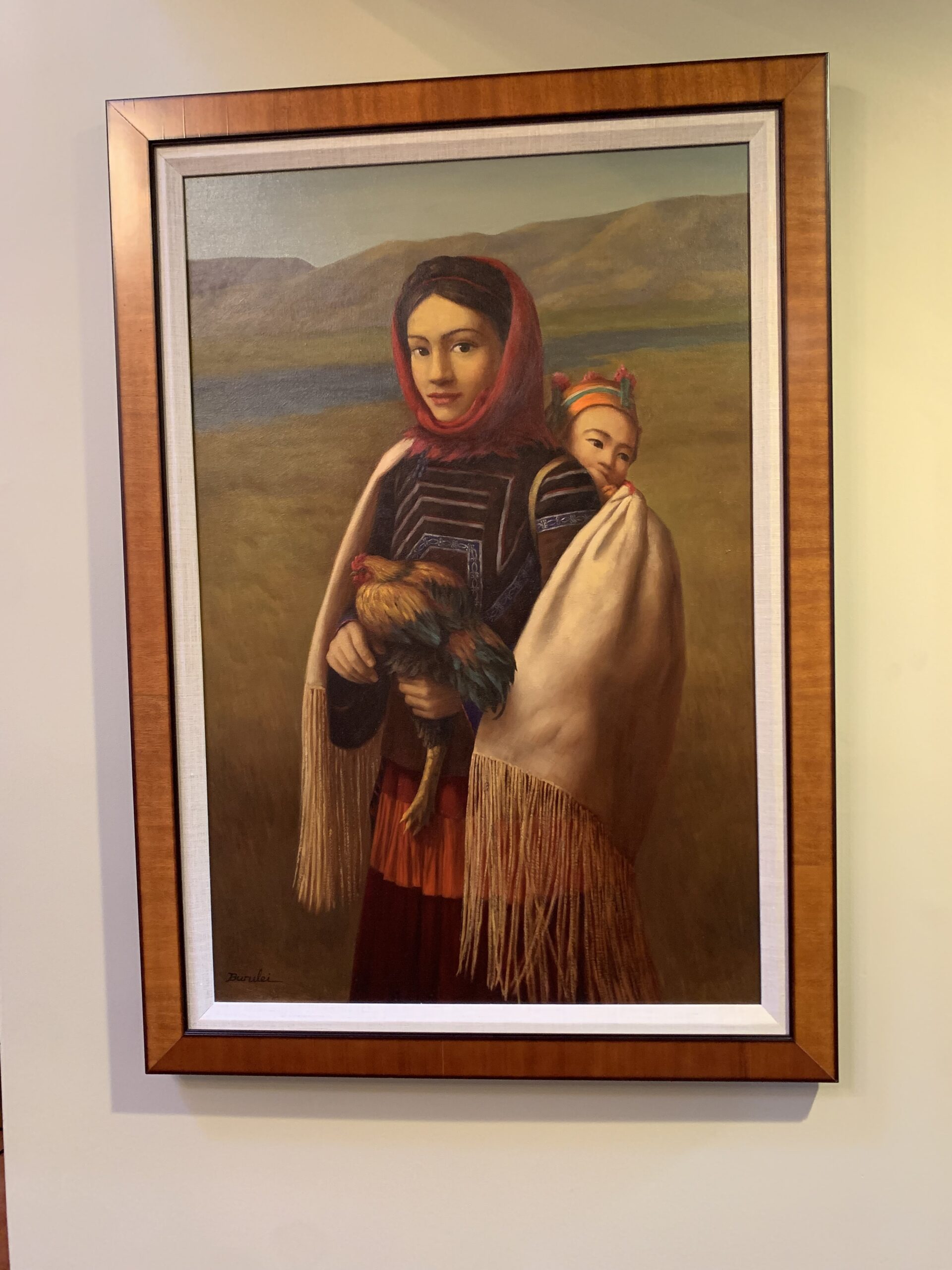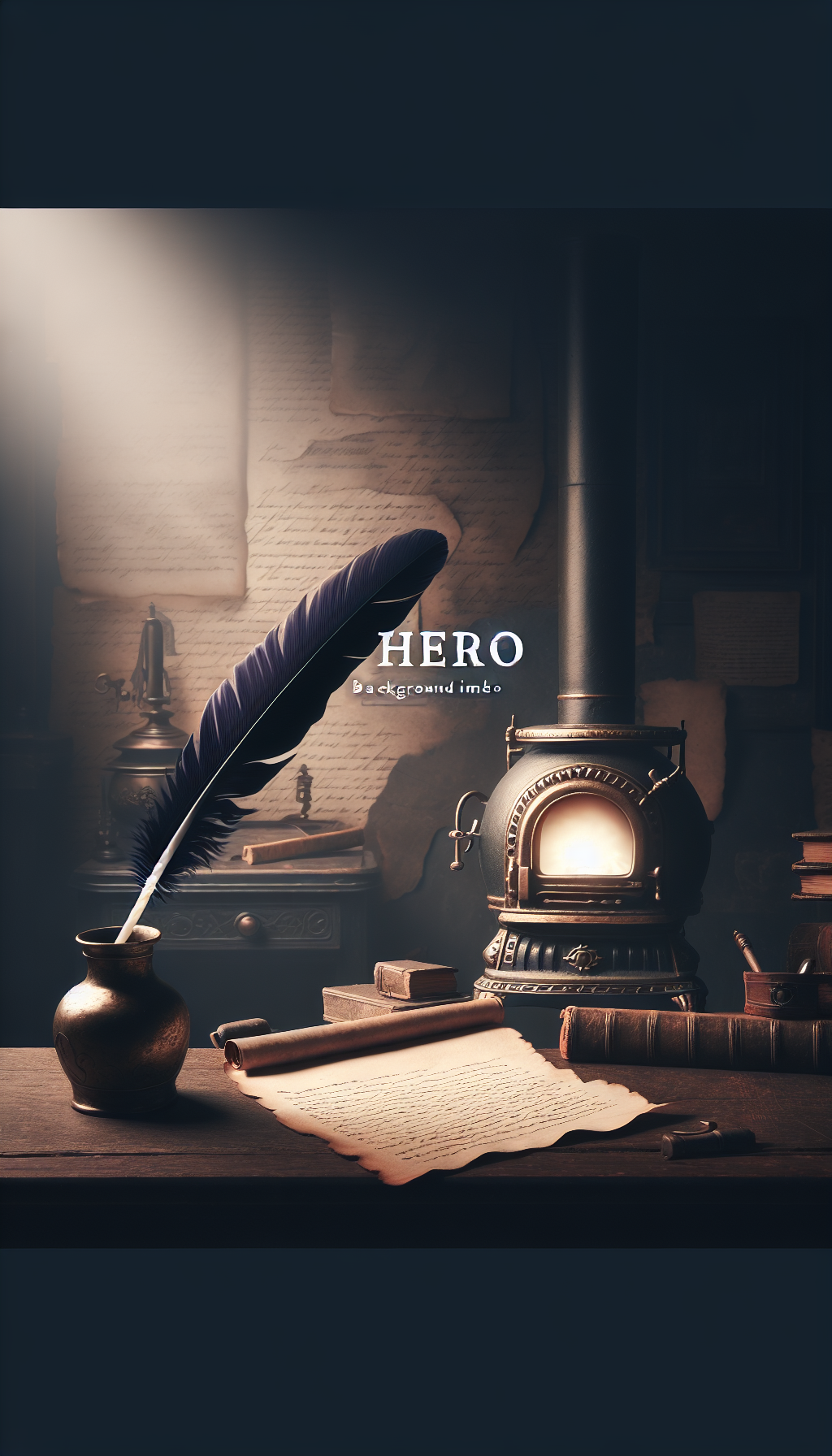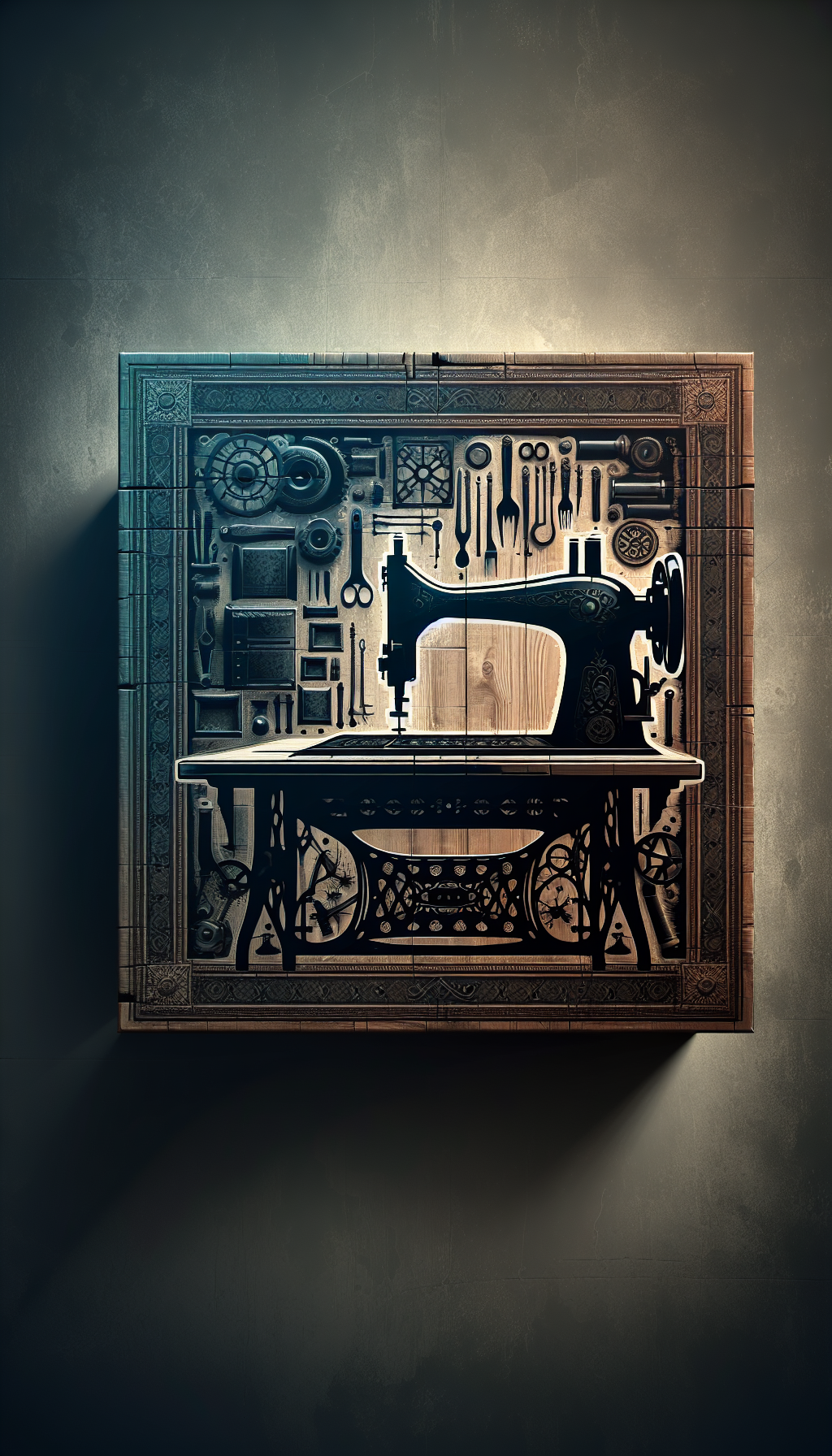Gulay Ba Rulei Bu Original Painting
Collectors and appraisers occasionally encounter an “original painting” attributed to an unfamiliar name—like “Gulay Ba Rulei Bu”—with little supporting context. Whether that phrase is an artist’s name, a transliteration, a title, or a misreading, the core appraisal approach remains the same: verify what the object is, determine who made it (if possible), document its history, and derive a defensible value from the market. This guide outlines a practical, evidence-based roadmap for researching, authenticating, and valuing a “Gulay Ba Rulei Bu” original painting.
What Does “Gulay Ba Rulei Bu” Refer To?
When a name does not correspond to a widely documented artist, treat it as a working hypothesis rather than a fact.
- Consider transcription and transliteration issues. The source may be non-Latin script (e.g., Turkish with diacritics, Cyrillic, Chinese pinyin variants) or a phonetic rendering. Variants might include Gülay, Gulai, Gül Ay; Ba, B.; Rulei, Rülei, Rulai, Ruelle; Bu, Buo, Pu. Record every plausible variant.
- Check whether the phrase is a title, dedication, or location rather than a name. Inscriptions on the verso often clarify: “after,” “school of,” “for,” or a place and date can be mistaken for a signature.
- Examine direction and layering. Use raking light and a loupe to see whether a signature is under or over the varnish. A signature beneath a uniformly aged varnish suggests it is contemporaneous. A heavy, glossy signature applied over old varnish may be later.
- Look for monogram or chop. Stylized initials, stamps, or seals may stand in for a name. Compare letterforms, not just words.
Document exactly what you see: capture high-resolution, straight-on photos of the front, back, edges, and any inscriptions. Transcribe text precisely, including punctuation, diacritics, and numbers.
Establishing Authenticity: From Signature to Studio
Authenticity rests on coherence between authorship, materials, documented history, and market evidence.
- Observe and document
- Measure the sight size and full size (with and without frame).
- Photograph under neutral lighting; add raking light to reveal surface texture and craquelure; use UV to assess retouches and varnish; use oblique light to read faint inscriptions.
- Record materials: canvas, panel, paper; ground color; presence of stretcher keys; type of tacking (tacks vs staples); nail oxidation; frame style; labels and stamps.
- Identify the hand and style
- Compare brushwork, palette, and composition with works by artists whose names are close variants. Prioritize technical traits: the way foliage, hair, or drapery are rendered; whether underdrawing is visible; the sequence of layers.
- Look for studio practices: standard canvas sizes (toile de dimension), characteristic grounds (warm vs cool), or habitual pigments.
- Examine the signature critically
- Does the signature’s paint match adjacent paints in age and craquelure?
- Is the pressure and fluency consistent with a practiced hand?
- Are there pentimenti (changes) suggestive of an original composition rather than a copy?
- Date the object by materials
- Canvas weave and machine selvedge patterns can suggest a timeframe. Staples are largely post-1940s; hand-forged tacks suggest earlier.
- Optical brighteners in paper indicate mid-20th century or later.
- Certain pigments (e.g., phthalocyanine blues/greens) appear after the 1930s; titanium white (rutile) becomes widespread mid-20th century; smalt and lead-tin yellow belong to much earlier periods.
- Seek comparative and documentary anchors
- Auction and dealer records for similarly titled or similarly signed works, even if misspelled.
- Framer or gallery labels (rear) that tie the work to a time and place.
- Old photographs of the artwork in situ (provenance snapshots).
If the evidence points to a modern decorative painting, that does not negate value; it reframes it within the decorative art market rather than the fine-art or blue-chip market.
Materials, Support, and Technique Analysis
A disciplined materials review helps distinguish an original painting from a reproduction or misdated work.
Support and ground
- Canvas: Count threads (warp/weft) with a linen tester; compare weave regularity. A pronounced “stretcher bar mark” can suggest age but is also seen on artificially aged works.
- Panel: Dendrochronology can date wood; watch for modern plywood veneers in “antique” works.
- Paper: Check for watermarks with transmitted light. Laid vs wove papers have distinct textures; laid paper predates wove paper’s 18th-century spread.
Paint layer and varnish
- Use a 10x–20x loupe to evaluate pigment particle size and binder gloss.
- UV fluorescence: Natural resins fluoresce; retouched areas often show darker or differently colored patches.
- IR reflectography (if accessible) can reveal underdrawing and composition changes. Original artworks often exhibit pentimenti; copies usually do not.
Detecting reproductions
- Giclée/inkjet prints show a dot/grain pattern and pooled pigment along paper fibers; sometimes a hand-applied varnish or impasto-like gel is added as “embellishment.”
- Offset lithographs reveal CMYK dot rosettes; screenprints show even halftone dots.
- Look beyond the image: margin deckle, plate mark (for intaglio), edition numbers, and embossed stamps can clarify medium.
Frames and hardware
- Frame construction, miters, and gilding techniques can be era-specific. A period-incongruent frame isn’t definitive but may raise questions.
- Hangers, screws, and nails carry chronological clues (slot-head vs Phillips; machine-thread types).
When in doubt, a conservator’s sampling—cross-sections, FTIR for binders, XRF for element identification—can offer non-destructive or micro-destructive confirmation.
Provenance, Documentation, and Legal Considerations
Provenance increases confidence, reduces legal risk, and can materially affect value.
Assemble a paper trail
- Bills of sale, gallery invoices, and customs declarations.
- Exhibition labels, catalog pages, and reviews.
- Collector correspondences, estate inventories, and appraisals.
Vet COAs
- A certificate of authenticity is only as good as the issuer’s authority. Prioritize documents from artist estates, recognized foundations, or galleries with primary-market relationships.
- Watch for generic “COAs” from printers or retailers that certify only the print medium, not authorship.
Chain of title and due diligence
- Ensure every ownership transfer is accounted for, with dates and contactable sources if possible.
- Check for export stamps or permits on the verso; some countries regulate cultural property export.
- If a claim of high value or historic importance is made, consider checking against loss and theft databases and consult legal counsel for contested ownership risk.
Attribution language matters
- “By” indicates strong attribution confidence.
- “Attributed to,” “studio of,” “circle of,” “follower of,” and “after” each grade down the strength of authorship. Value can shift dramatically across these categories.
Market Valuation and Comparable Sales
After clarifying what the painting is and may be, transition to value via comparables and context.
Define the purpose of value
- Fair Market Value (FMV): the price between a willing buyer and seller without compulsion, typically used for estate and charitable donation.
- Replacement Value (RV): the cost to replace with a comparable at retail under time constraints, used for insurance.
Build a peer group of comparables
- Use multiple spellings of “Gulay Ba Rulei Bu” and likely variants to search for similar works.
- Match comparables by medium (oil vs acrylic vs watercolor), support, size, subject, date, and quality.
- Filter by market tier: regional galleries vs international auction houses; retail vs auction outcomes.
Normalize and adjust
- Adjust for condition (restorations, abrasions, tears), subject desirability, and period (early vs late work).
- Consider currency and buyer’s premium to compare apples-to-apples.
- Note seasonality and liquidity: some categories have thin markets where one sale can skew perception.
When no direct comps exist
- Situate the work in a broader category (e.g., “20th-century Modernist landscape, unknown artist”) and value relative to quality peers.
- If the piece is decorative, reference retail prices for similar decorative originals or hand-embellished prints.
Present the valuation with ranges and rationale, citing factors and comparable sets used. Transparency is key.
Red Flags and Common Pitfalls
- Overfresh signature on an otherwise aged surface.
- Uniform, mechanical craquelure or instantly “aged” varnish with tea/coffee staining or intentional scuffing.
- Mismatched materials (e.g., modern synthetic pigments in a purported 19th-century work).
- COAs from non-authoritative sources, inflated provenance claims, or “estate finds” with no paper trail despite alleged fame.
- Titles or inscriptions that conveniently “translate” to a famous name when squinted at; wishful reading of ambiguous signatures is common.
- “Original” claims for what is actually a print with hand-applied varnish. Confirm medium under magnification.
Care, Conservation, and Insurance
Handling and storage
- Keep relative humidity around 45–55% and temperature stable; avoid direct sunlight.
- Store and transport vertically with corner protectors; avoid pressure on the paint surface.
Cleaning and stabilization
- Do not attempt solvent cleaning yourself; aged varnish and oxidized paint are sensitive.
- Minor surface dust: a soft, clean hake brush can be used with care.
- Tears, flaking, or cupping paint require a conservator. Early stabilization prevents loss.
Insurance and documentation
- Maintain updated photographs, measurements, condition reports, and receipts.
- Set insurance at Replacement Value; update after significant market movements or conservation.
Quick Practical Checklist
- Photograph front, back, edges, labels, and signatures in high resolution.
- Transcribe all inscriptions exactly; note diacritics and punctuation.
- Examine under raking light, 10x loupe, and UV to assess surface, signature, and retouches.
- Confirm medium: original paint layer vs print/embellishment.
- Identify support and era-consistent materials; note anomalies.
- Collect provenance: invoices, labels, prior appraisals, ownership history.
- Build comparables using variant spellings and broader category searches.
- Draft a condition report: structural issues, varnish state, prior restorations.
- Decide valuation purpose (FMV vs RV) and justify a range with comps.
- If stakes are high or evidence conflicts, consult a conservator and a specialist appraiser.
FAQ
Q: How can I tell if my “Gulay Ba Rulei Bu” painting is an original or a print? A: Use a 10x loupe to look for continuous brushstrokes with depth, impasto, and underlayers. Prints show dot patterns (inkjet or offset), flat sheen, and uniform texture. Check margins for edition numbers or embossed stamps. Some prints are hand-embellished with varnish—magnification will reveal a printed image beneath.
Q: The name yields no search results. What should I try next? A: Photograph and transcribe the signature precisely, then test variant spellings and likely transliterations. Consider that the inscription could be a title or dedication. Compare stylistic features with regional schools; consult a conservator or appraiser who can examine materials and handwriting characteristics firsthand.
Q: Is it safe to clean yellowed varnish myself? A: No. Aged varnish and paint films are chemically sensitive. Improper cleaning can cause irreversible damage or devalue the work. Limit yourself to dry dusting with a soft brush and consult a professional conservator for any solvent work.
Q: How much does professional authentication or analysis cost? A: Costs vary widely: a basic appraisal may start in the low hundreds; conservation examinations and scientific tests (XRF, cross-sections) add to the budget. Reserve advanced testing for objects where the potential value justifies the expense.
Q: Can technology help identify the artist? A: Yes—image-recognition tools and signature databases can surface possible matches, especially when you supply multiple spellings and clear images. Treat machine suggestions as leads, not conclusions; corroborate with materials, provenance, and market evidence.
By approaching a “Gulay Ba Rulei Bu” original painting systematically—testing assumptions, documenting evidence, and aligning conclusions with market data—you can arrive at a defensible appraisal, whether the piece proves to be a unique studio work, a regional-school painting, or a decorative reproduction.




